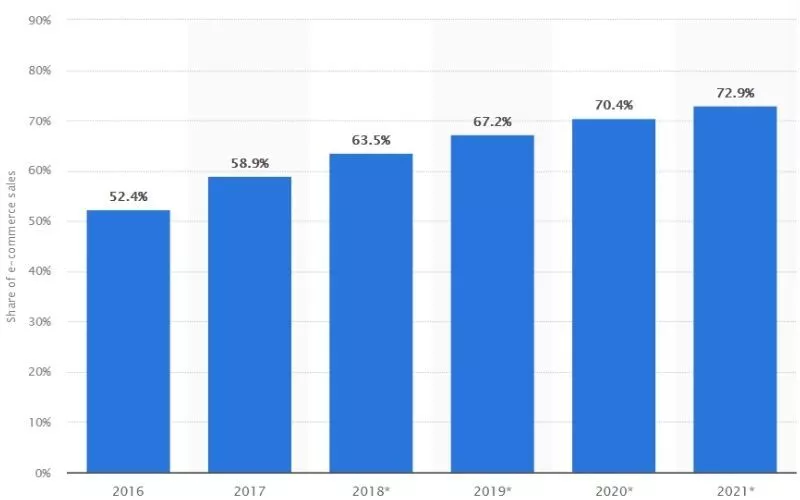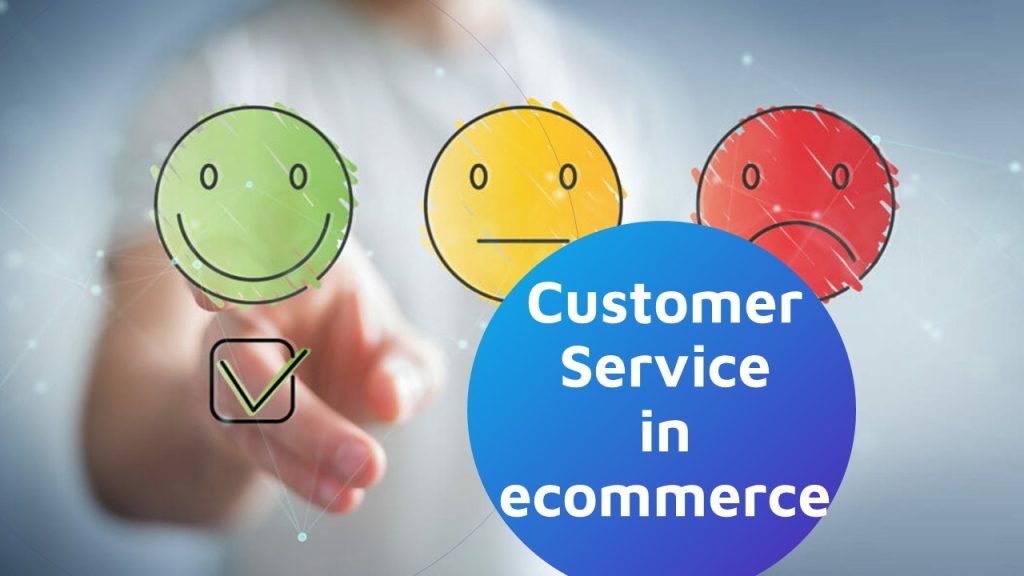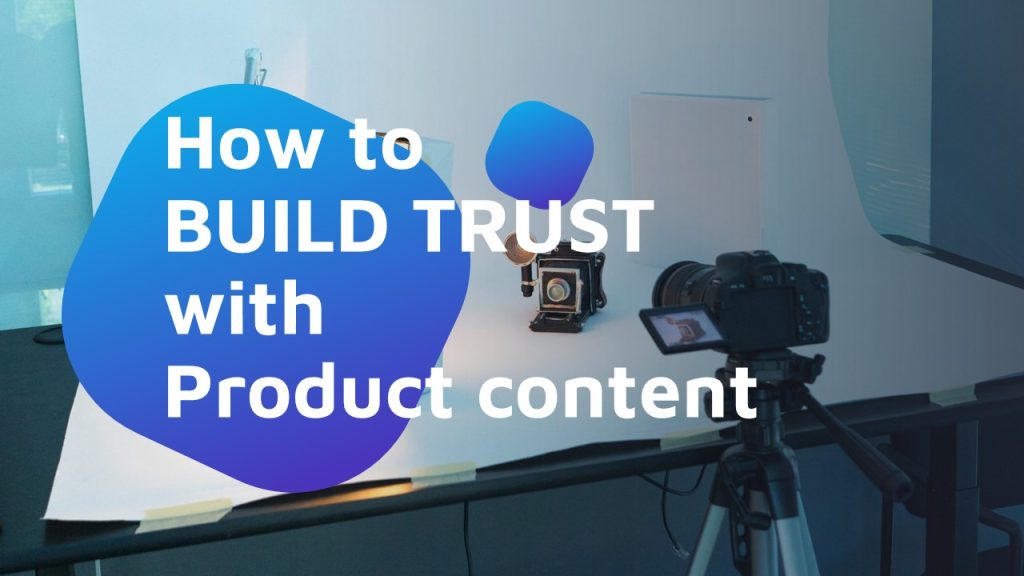What many startups see as tiny common mistakes in e-commerce can be really dangerous for a business to develop.
Indeed, online stores can be very profitable – when they work. But it takes time for them to work. Time to set it up, time to research, plan, and test, and time to promote it and bring it to life. If that weren’t enough, add keeping track of consumer behavior, competitors, and new technology releases. With so many stages, it’s hard not to miss something along the way.
Content2Sell has been auditing product content for startups for a while now. And these are the most common mistakes in e-commerce we have found 100 content audits after.
The 10 most common mistakes in e-commerce (and how to sort them out)
Not planning appropriately
Research is the cornerstone of all businesses, and many common mistakes in e-commerce stem from incomplete research. Common mistake #1 is not having an answer to basic questions. For example:
- Do people search for this product? Are there any similar products?
- Are there specific keywords to bid on?
- What sales channels will work best?
- Inventory and stock management?
When the Internet was born websites were static, communication worked in one way and allowed no interaction from visitors. That was Web 1.0. Web 2.0 democratized the use of the Internet and increased the value of user-generated content. Any person could create, upload, share content and participate in different instances.
We’re now headed to Web 3.0, with connected devices, blockchain technology, ubiquitous control, and direct communication with and within communities.
That being said, the continuous stream of information coming from communities, competitors, and customers cannot be overlooked.
- Listen, understand, and talk to people and potential buyers to get as many answers as you can.
- Test your business idea before making an official launch. Find out how your product can become the solution in the most valuable way.
The planning stage is crucial for your landing pages, your copy, and your overall presentation.

Low-Quality and misleading content
Heist makes waste would be the best way to say this.
A very common mistake in e-commerce is saving on graphic resources for budgetary reasons. Or, what’s worse, not showing a product’s full potential in an accurate way.
Here it’s important to remember two things. Firstly, you never get a second chance to make a first impression. And secondly, false advertising is probably the most effective way to kill a brand. You may fool users once, but not twice – and then face returns, bad reviews, and angry communities. The higher your images and graphic assets’ quality is, the more real your buyers’ expectations will be.

On the contrary, low-quality product content leaves plenty of room for hesitation, which results in more questions and customer service work.
Your content’s quality proves you know your product as much as you know your audience, their pain points, and consumption habits.
- Use High-quality images, High-resolution video, and 3D renders.
- Background, contrast, brightness, position, angles, lighting, shadows… They all matter!
- Make sure to unambiguously highlight all of the awesome features of your product with close-ups.
- Focus on the situation when your product is most needed to solve a specific need.
By providing reliable information and relatable contexts, your product is more likely to engage its viewers and make them consider whether it is what will solve their needs.
Make your products relatable and trust will follow.
No after-sales customer service
If acquiring customers is hard, retaining them is even harder. And that is your ultimate goal: making your customers become your promoters.
A common mistake is forgetting about buyers after check-out. Not following up on them has implicit messages saying “I did care when you were unsure” or “I don’t need any feedback and opinions because this is what it is”. Any competitor could discover that weakness and use it to their favor.

Now, following up doesn’t mean bombarding people with forms and satisfaction surveys. Instead, you can invite your buyers to give their feedback on different channels. Because as important as talking to your audience to understand everything about it is to keep in touch with them by offering relevant content, referral, or return perks…
On top of it all, there’s a lot you can learn from your buyers.
- Keep your community alive and keep your ear to the ground.
- Add a clear way to provide feedback on your after-checkout instances: purchase confirmation, manuals,…
- Keep track of your relevant metrics, and refine them to optimize your business.
Staying behind
E-commerce is in continuous evolution, just like the Internet is. In 25 years we’ve moved from billboard-like websites to dreaming of that hybrid world called the Metaverse. And a very common mistake is not using all available resources to automate, optimize, and provide the best possible experience to your visitors.
Things like a website’s loading time, the number of clicks to purchase or the ease of payment may seem minor issues but can have a critical impact on your abandoned cart rate.
New tools and resources become available every day to automate time-consuming tasks, provide deeper insights, and optimize businesses’ performance. And getting a hold of them isn’t just a matter of saving money, but also making things easier for everyone.
Staying up to date on the development of Artificial Intelligence is already helping many brands to get real-time insights, product recommendations, and personalized navigation experiences. And this is increasingly important when we consider the slow agony of third-party cookies.
- Automate the tasks that take you more time so you can focus on more relevant ones.
- Identify when people leave your website / online store. Consider remarketing tools, which are included in most e-commerce platforms’ CRM system to get first-hand information.
- Take a look at your competitors’ websites now and then, and try to spot relevant differences with yours.
Unclear shopping process
This may seem related to the 4th common mistake, although it goes beyond the use of technology. There is nothing more frustrating for users than not knowing what to do, where to go or what to expect as they browse your online store.
Again, many tiny little details could affect your overall metrics. For example, the time spent on your website, the number of visited pages, conversions, and abandoned carts.
Take users by the hand and guide them through your website without making them feel silly. That probably means reviewing your copy’s voice and tone and improving your product categorization.
- Make sure your website’s navigation is seamless
- Have clear buttons and CTA’s to keep your user empowered and navigate
- Run A/B tests to figure out what pushes users out of your website.
Unclear information
Would you buy an electronic device in an online store that also sells soap, shoes, and mugs? That’s confusing unless you are Amazon or you dropship. Products fall into different categories, and so they should be presented.
All websites need to introduce themselves and say who they are. All product pages need to list a product’s features and state how they solve a particular need.
Every specific goal requires a specific information architecture. Whether you need subscriptions for your email marketing campaigns, you sell through social commerce or you need to grow your community, users need to know what you expect them to do.
- Web and product content must be as clear and to-the-point as possible.
- Focus on the benefits of using your product instead of its features.
- Give your audience what they look for, tell them what they need to know
Remember e-commerce is about your customers’ needs, not about your brand.
Non-responsive shops
The world went mobile way before the pandemic kicked in. Then the “new normal” came and lives went back to a constant on-the-go format. Today, people buy more from their phones than they do from computers, and online stores HAVE TO be mobile responsive.
Mobile optimized websites load much faster, which has a very positive impact on Customer Experience. According to Google, because over 70% of users leave a website if it takes more than 5 seconds to load.

Back in 2015 Google changed its algorithm to prioritize mobile-responsive websites. Luis Collado, head of Google News and Google Play in Spain, then stated that 80% of consumers immediately leave websites that are not mobile optimized. The reason is simple: over 88% of internet users browse from their cellphones. Google severely penalizes high bounce rates, and the only way to prevent that is through mobile-centered design.
Ignoring your SEO
SEO optimization is critical in e-commerce because it is what makes your content recognizable by search engines. And while it is not something complicated to work on, the results may take a long time to be visible – unless you go for paid ads, which may not be the best idea.
Make sure every single page of your website has the right keywords and snippets. Include ALT text in your images as well so search engines show them when related searches are made.
Now, keyword research is somewhat more complicated, depending on the specific platform you aim at. And while a simple Google query can quickly show the most frequent queries, such keywords can be highly demanded, and thus be expensive. Amazon, in turn, has a different algorithm, for which we normally use Jungle Scout.
Use tools within the Search Console or Google Trends as a part of your initial research. Consider outsourcing your SEO if this sounds like too much.
But, whatever you do, don’t ignore it.
Not having a clear promotion strategy
Expecting people to enter a store that has no signs or indications about what they will find in it is waiting for a miracle. The internet is open 24/7/365, and you never know who, when or where your customers will come from. But people don’t enter shops unless they find something interesting, or something pushes them in.
This doesn’t mean going straight for paid ads, which is quite a risky operation if your website is not ready for campaigns. And by ready we mean it has a responsive web design, a powerful landing page, and clear and easy navigation, among many others. Further, you may find yourself paying for ad impressions with no conversions whatsoever. Add low organic traffic to that, and tragedy is served.
- Picture your buyer personas at the moment when your product becomes a lifesaver.
- Use Social Media to promote your brand and build your community.
- Crowdfund your product if it’s something innovative.
And…
Being on the wrong platforms
You wouldn’t search for an electric scooter on ETSY, just like you wouldn’t find handmade crafts on LinkedIn. There’s a place for every product because different groups of people gather in different places. And this is one of the critical common mistakes in e-commerce.
Choosing the right platforms to sell your products is also part of your research process. That comes after defining who you target, and before setting the content strategy to promote your product.
- Find out where your audience gathers, and see what kind of content fits best. Facebook has lost its popularity among younger generations, while TikTok is killing it.
- Start with your safest bet and expand afterwards. Remember Social Media does take time.
- Consider rewarding your community for promoting you among their social networks.
A few final words
Consumer behavior changes, and so does technology – especially nowadays. And what worked a few years ago may not work today. This is why testing and listening are so important to launch a product, a brand or an online store. The most common mistakes in e-commerce may not be the final blow for all businesses, but – best case scenario – they do come with a considerable amount of extra work and spend. This is what we have observed in more than 100 content audits we have made during 2022.



